 - Amanda Wood, Community Relations Coordinator - Amanda Wood, Community Relations Coordinator
Derek Wold, Committee Chair of Steps for Life, shared that their goal for donations was increased three times, and that the Regina area campaign progress raised over $5,000!
Every day, there are 3 workers who die in Canada resulting from a workplace incident, which every year leaves over 1,000 families to heal and try to live on without their loved ones. If you were unable to attend this year, we hope to see you next year! The Steps for Life walk takes place across Canada, and in Saskatchewan, the annual fundraising walks are held in Regina and Saskatoon. We invite you to learn more about Steps for Life and welcome you to join us and continue to offer support to these families suffering and help us to prevent these incidents from happening altogether.
“I didn’t even see them!” are the classic words spoken following a 4-wheel on 2-wheel collision. After so many variations of the ‘unseen motorcycle’ story have been repeated by so many drivers after collisions, it’s time to ask the question – Why can’t other drivers see motorcycles in traffic? The first and foremost reason may be a result of habit. In the spring, motorcycles are not a fixed presence on Saskatchewan roads. Many "caged" drivers have not shared the road with motorcycles for over 5-6 months. Simply put, the 4-wheeler's subconscious mind may have forgotten that the 2-wheelers even exist. While that may explain some bad springtime habits, the mystery of the unseen motorcycle remains at large all season long. So, what else could be causing this lack of awareness? Let's look at some factors that seem to hide bikers from the eyes (and minds) of other Saskatchewan drivers. Selective attention: Brains set to ‘driving mode’ are looking for obstacles. Many young drivers train themselves to scan for car and truck shaped objects - a habit that does not account for slender, two wheeled objects. The solution? Be as visible as possible. Break through the visual bias that keeps you in the background. Honk, wave, and wear bright colours. Peripheral blindness: The average peripheral vision is weak at best, and is geared towards movement. With the average driver looking for box-like vehicles, that leaves motorcycles to get lost in the blur. The solution? Appeal to peripheral vision with movement. Hand waves, head nods, gentle speed variation. Stand out however possible. Blind spots: Not just applicable to rear mirrors and big fluffy dice, those pillars surrounding the windshield can already obscure a full-sized vehicle… Think of how completely a motorcycle gets swallowed up in these additional blind spots. The solution? Recognize when you are approaching a vehicle at the 10 or 2 o’clock positions, knowing that you may be obscured. Avoid lingering in rear gates that might fall into blind spots. Headlights: A motorcycle’s single headlight is more likely to be passed over and ignored, as it does not ‘match’ the two-beam headlights a driver is expecting to see on the road. 4-wheel vehicles with burnt out headlights experience the same effect – they don’t match the ‘normal’ form of a vehicle, so other motorists mysteriously don’t register their presence. The solution? Keep your headlights on bright in the daytime. Keep them clean and maintained at all times. Sunlight: Both fighter pilots and birds of prey attack “out of the sun”. Why? Because contrast (shadow) stands out more than anything when registering new objects. The difference is, these attackers want to be hidden, motorcyclists should not. The solution? Notice your shadow. If your shadow is pointing down road, those cars are having trouble seeing you! Avoid wearing black, grey or other background colours. Familiarity: More than 50% of collisions occur within 8km of the home, and 25% occur within the first 3 minutes of driving. These familiar roads close to home get neglected by drivers feeling a false sense of security. The solution? Don’t fall for this yourself! Those last few turns before arriving home may tempt the mind to wander. Stay vigilant from start to finish. At the end of the day, it is up to each rider to take safety into their own hands. As we learn the psychology behind this spring 'psych-out' that plagues many drivers during the early riding season, we can help remind drivers that yes, motorcycles exist, and yes, we are back for another year of sharing the road.
Nitrogen fertilizer usage in Western Canada has increased from 1.6 Million Tonnes to nearly 2.3 Million tonnes in the last decade, and Anhydrous Ammonia (NH3) makes up a large portion of this increase. Anhydrous Ammonia (NH3) is the richest form of nitrogen available for producers. As a fertilizer, it provides essential nitrogen for plants. It is safe to work with NH3 as long as it is stored, transported, and handled properly. Before working with Anhydrous Ammonia, ask your retailer to explain the step-by-step procedures for NH3 application.
Fertilizer Canada recommends these precautions for working with NH3:
Looking for more Agriculture Safety Resources to share with new & young workers? Leading the Council's vehicle and traffic training in Saskatoon is Michelle Reaburn, a long-time instructor and traffic safety specialist. In-person training gets a boost in the bridge city as Michelle teaches the Defensive Driving Course, which is always in high demand. Michelle delivers higher level training such as the Professional Driver Improvement Course, while also performing in-car driver assessments in Saskatoon. Michelle shares her story below. 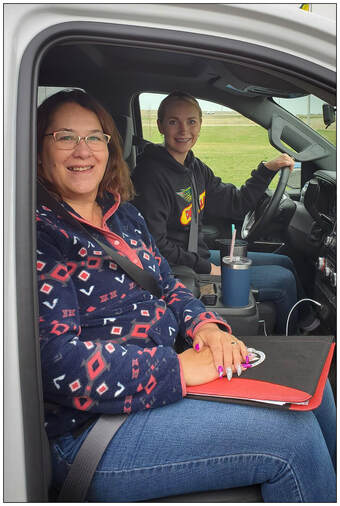 Michelle Reaburn performing an in-vehicle assessment in Saskatoon, SK Michelle Reaburn performing an in-vehicle assessment in Saskatoon, SK My background is in transportation. I started as a driver, moved into training, and then on to facilitation within the transportation industry. My focus has always been passenger safety and road safety. Over the last 15 years, I’ve expanded into developing and facilitating “Respectful Workplace” and “Leadership within the Workplace” courses. I have been teaching the Canada Safety Council's DDC and PDIC courses since 2014. In 2015, I was contracted by the Saskatchewan Safety Council to facilitate the SGI Defensive Driving course in Saskatoon. Driver Assessments were added into my responsibilities shortly after that. Since coming onboard full-time with the Council my portfolio has expanded to include “15 Passenger Van Safety” and “Trailer Towing”. “Skid Smart Collision Avoidance” and FIT testing are soon to be added. I am also on a couple of teams dedicated to the development of Council programming. I am really excited about this new opportunity and getting to know everyone. Training courses are hosted as open enrollment on our training calendar, with many more available upon request. View our traffic training courses to find the right fit for you.
Aerial Work Platforms are an extremely useful tool for any construction/industrial worksite. They allow workers to gain access to areas without the use of the deadly ladder. They are very smooth to operate and usually allow more than one worker to operate within them. With the right training and practice, they are the cat’s meow. In training, you learn one of the most dangerous actions when operating them is moving, repositioning, or travelling with them (Driving). Due to the design, what may look like a bit of a bump for the machine, turns into a massive bump for whomever may be within or on them. Utilizing fall protection equipment that RESTRAINS a worker within the platform is essential. This includes the use of a fall protection harness, a short lanyard, and a complete connection to the anchor point on the lift. In this case... there was obviously not so much of a complete connection. Does your operation work at heights? Do your employees know how to inspect a fall protection set up to ensure its proper operation? Our fall protection courses range from entry level to supervisor and inspector level training. By training with us, you support injury prevention efforts across Saskatchewan.
|
Archives
November 2023
Categories
All
|
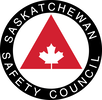
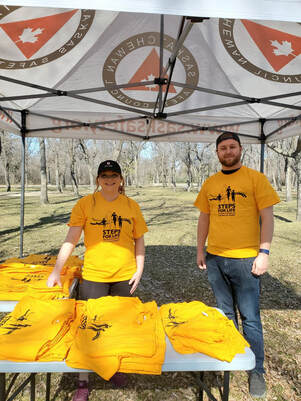

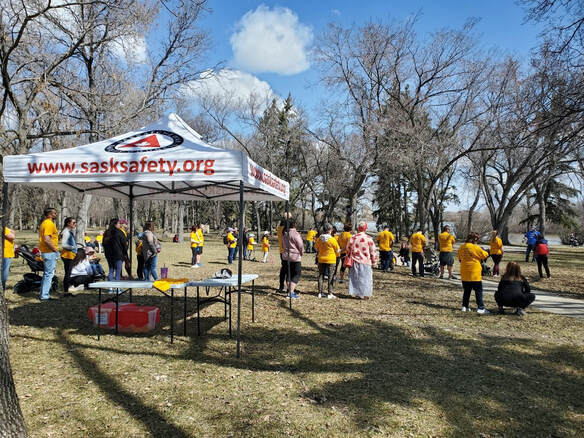

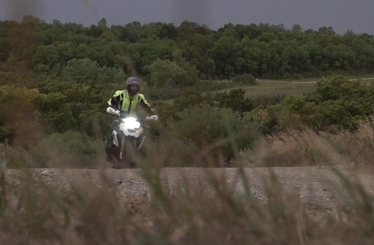
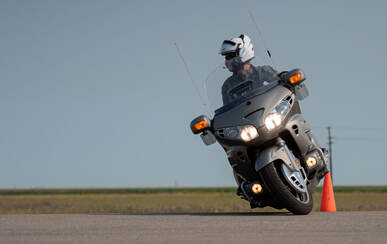

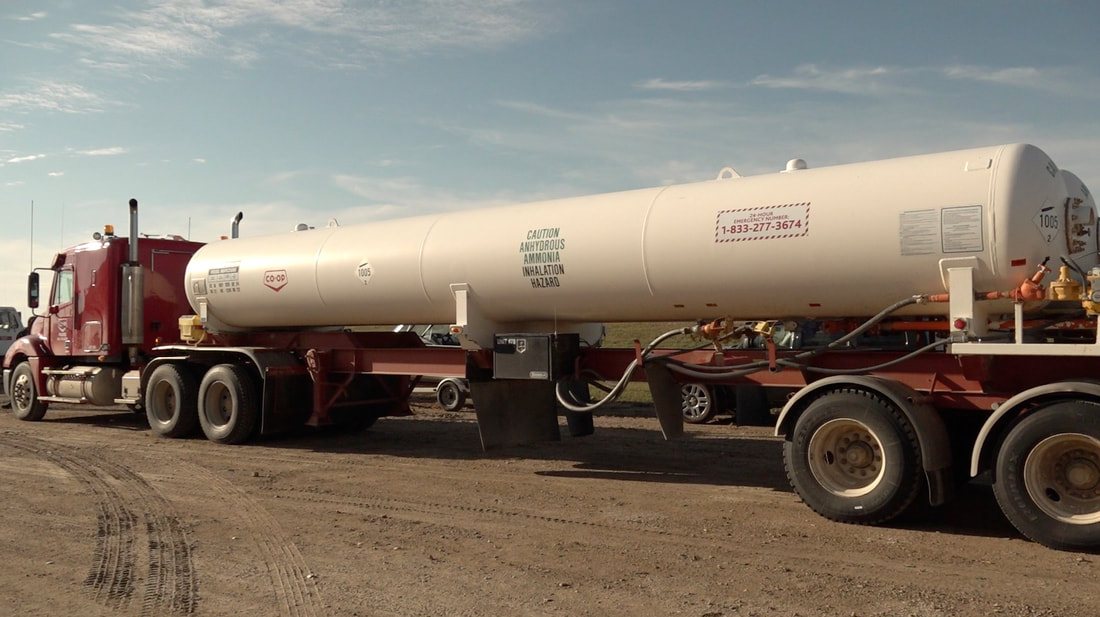
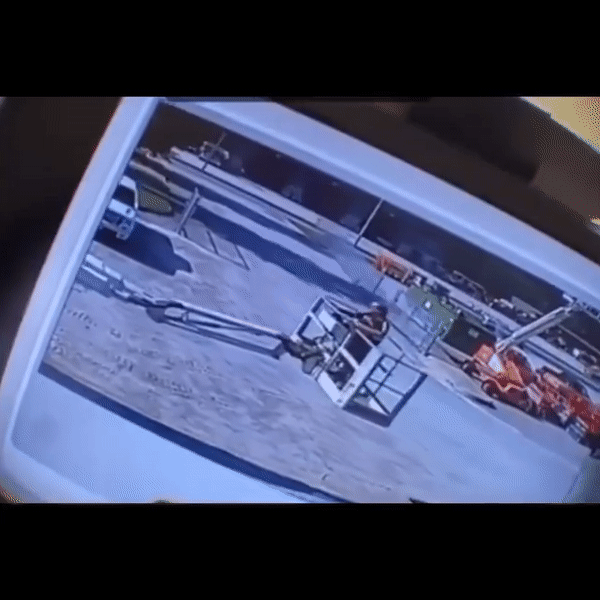
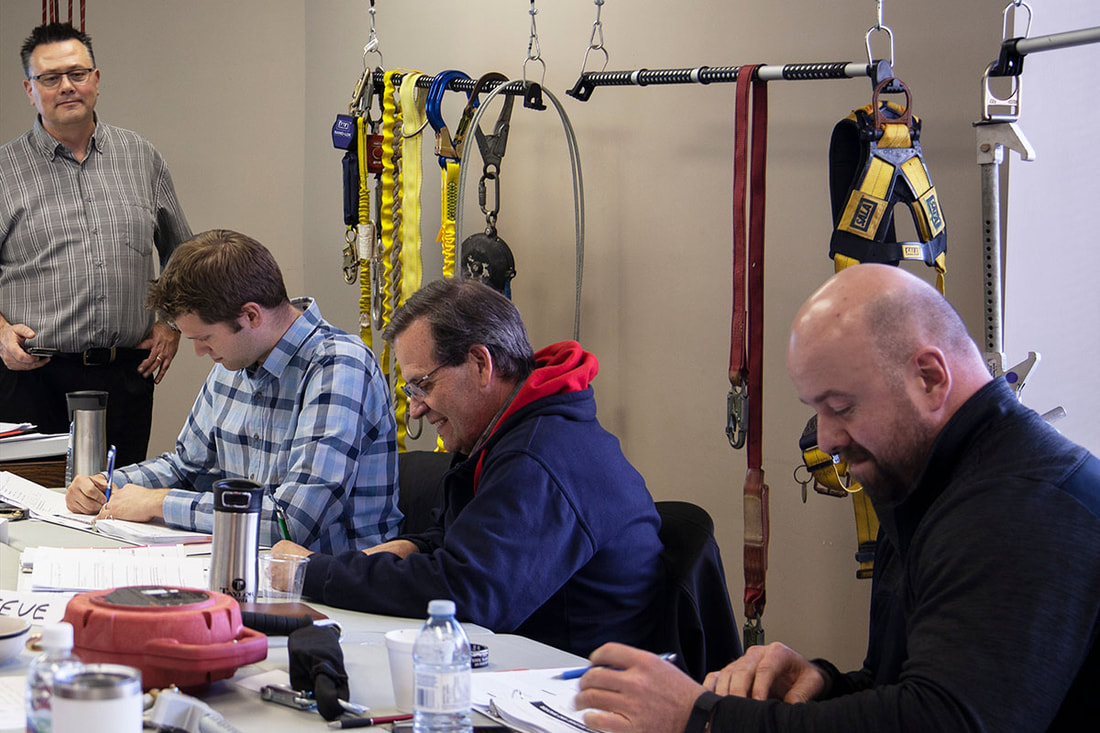
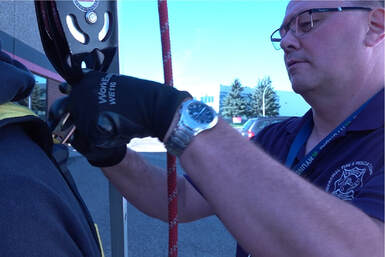
 RSS Feed
RSS Feed
